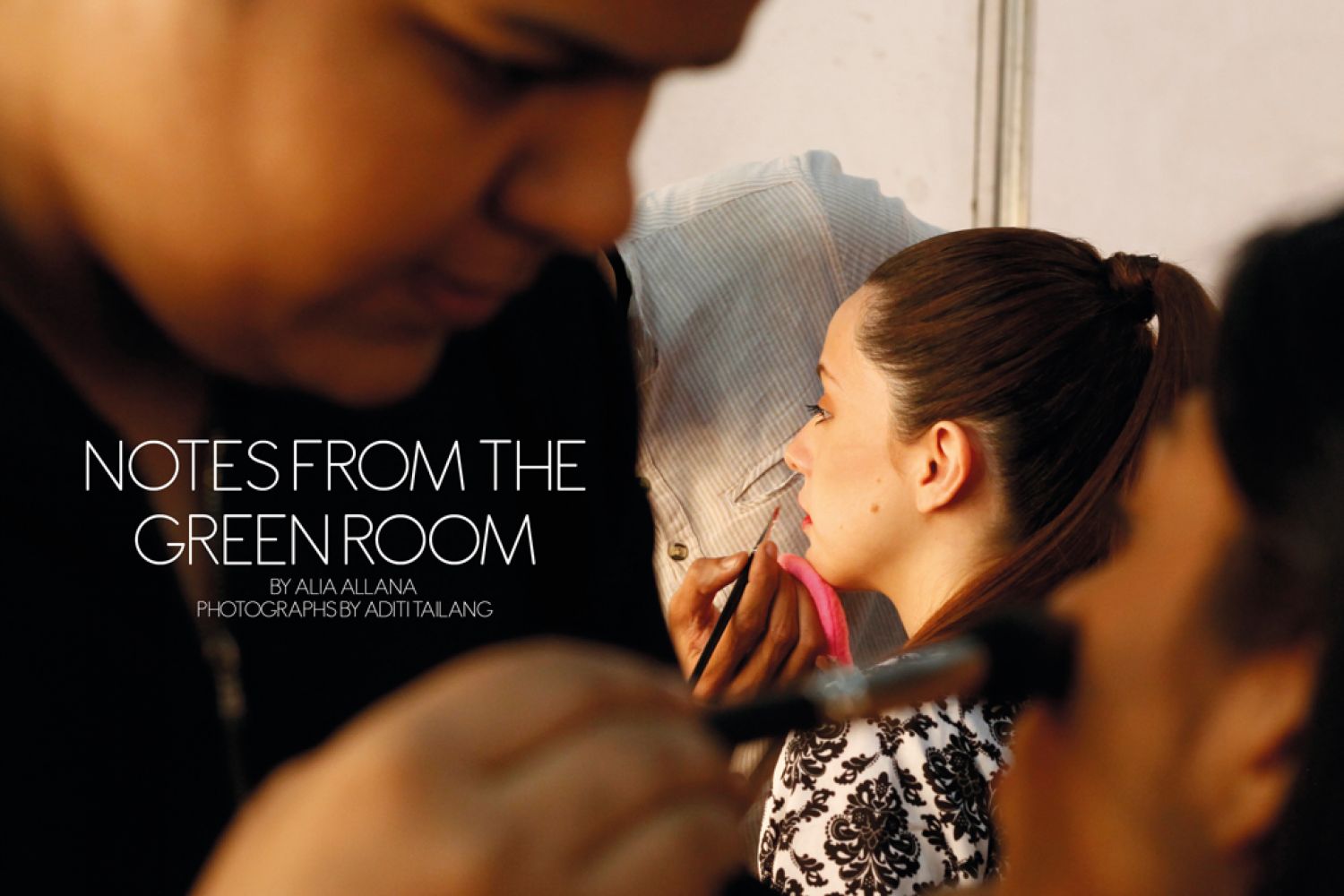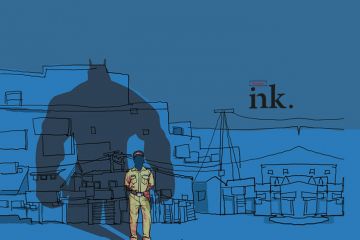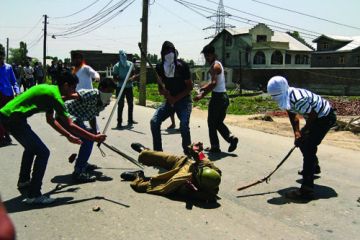
The stilettoes totter
to the registration counter at Pragati Maidan. There’s already a bevy of people
pushing to the front. A black backpack is fighting for space with a yellow
canvas tote in front of the desk, and last season’s leggings and this season’s
jeggings shove each other to get ahead.
“Shruti,” says the
towering white stiletto.
“Not on the list,
sorry,” says a harassed Fashion Design Council of India (FDCI) staffer,
cursorily looking at her papers as people wa





